50 years is not a long time on a historical scale, but it is enough time for things to have changed radically. The differences between the late 1960s and today go beyond what is obvious, such as the amazing technological advances that have been made since then. The standards of beauty were also very different, reflecting the turbulence of the time. Here are some of the most surprising things that men found attractive 50 years ago.
15. Light skin

Racism was endemic in the 1960s, although the civil rights movement helped to create significant changes at the end of the decade. Anti-mixing laws, which prevented people from several states from marrying people of another race, were repealed in 1967. Despite the reforms undertaken in the 1960s, racial prejudice was still widespread. Even within the African-American community, a preference for lighter skin has emerged, although this slowly began to change in the 1960s, when people accepted the color of their skin.
14. Very thin bodies
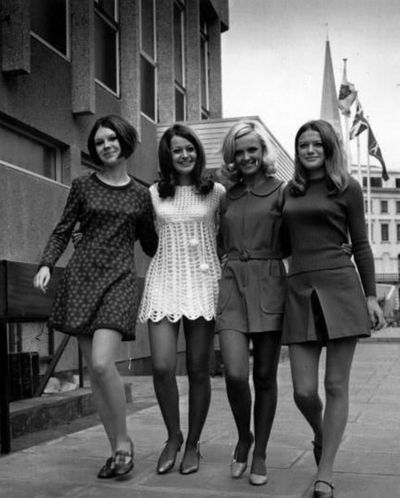
For some time, it seemed that bodies with shapes would be, if not the dominant ideal of beauty, then at least an accepted norm. In the 1950s and early 1960s, voluptuous women like Marilyn Monroe were cultural icons. Yet, “there has also been a significant shift towards slimming”, writes Sarah Grogan in Body Image: Understanding Body Dissatisfaction in Men, Women and Children. As the decade progressed, the trend became more pronounced. Over time, “the models have become thinner and thinner,” Grogan writes.
13. Small breasts

As the models became thinner, the curves became less desirable. It was in the late 1960s that the obsession with eliminating cellulite began. Linda Przybyszewski wrote in The Lost Art of Dress: The Women Who Once Made America Stylish that at that time, “women with curves were left out in favour of underweight teenage girls”.
The desire to be thin has led to concern about weight, especially among young girls. “Before the 1920s, teenage girls were worried about becoming better people,” Przybyszewski wrote. In the 1960s, however, “weight loss became the primary obsession”.
12. Flat buttocks
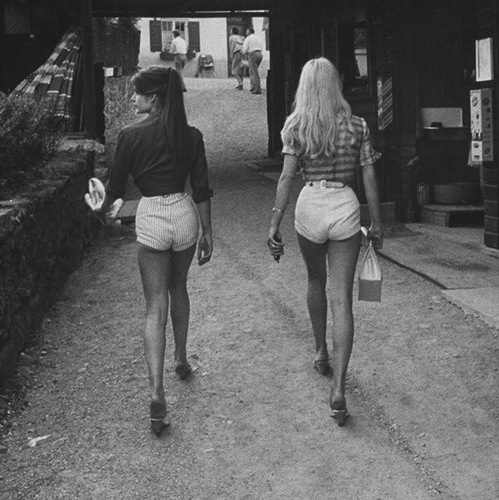
The desire for flatter breasts is correlated with an obsession with smaller buttocks. Przybyszewski wrote that the fear of cellulite pushed women to do everything they could to eliminate “what they identified as water, waste and fat trapped in women’s hips and thighs”. A woman featured in Vogue magazine in the late 1960s “managed to reduce her hips from 39 inches to 34 inches by exercising, “standing correctly” and using “a special rolling pin”. Such schemes were typical in the late 1960s.
11. Exposed legs
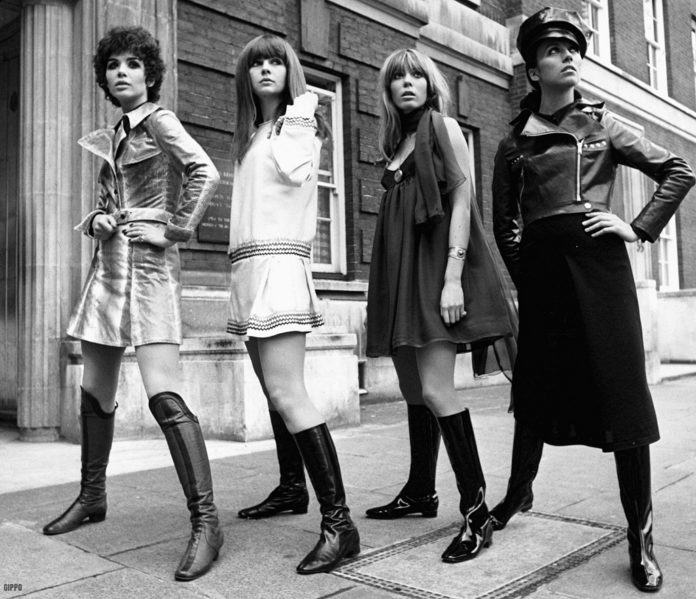
In Fashion: A History from the 18th to the 20th Century, Akiko Fukai writes that “young people found that displaying their physique was the most effective way to stand out from the previous generation”. The miniskirt became popular as “bare legs… developed through different conceptual stages in the 1960s”. As the hems went up, more attention was paid to the length and shape of a woman’s legs.
10. Androgyny

Coinciding with the preference for more masculine characters, unisex clothing and androgynous styles are emerging. This echoes a similar trend in the 1920s, when “androgyny [began] to be associated with the search for greater independence for women,” writes Rebecca Arnold in Fashion, Desire and Anxiety: Image and Morality in the 20th Century. Arnold wrote that the rise of androgyny in the 1960s contributed to “denoting acquired freedoms and the rejection of an earlier claustrophobic femininity”.
9. The Lolita look

The removal of women’s curves has led to the popularity of what Imagine Nation: The American Counterculture of the 1960’s and 70’s, edited by Peter Braunstein and Michael William Doyle, has called a “prepubescent look”. The young and playful Lolitas like Twiggy dominated the fashion world. This “exaggerated youthful look expressed the associated sensitivity that maturity, in clothing or behaviour, was a dirty word, a sign of premature death, and therefore something to be discarded as long as possible”.
8. Not wearing a bra
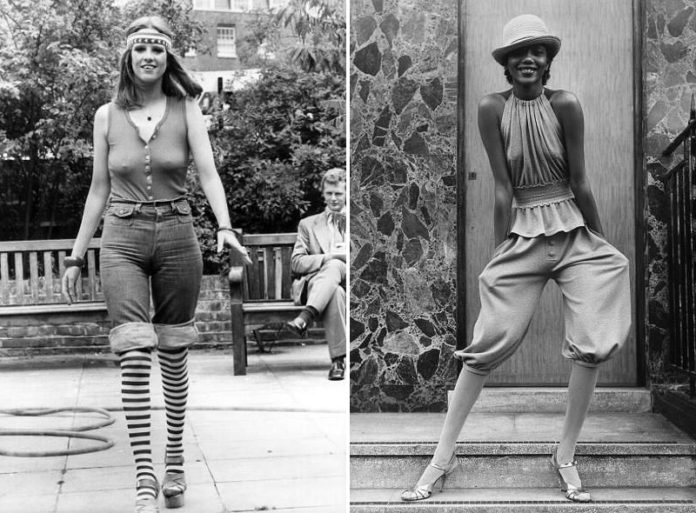
Rebellion against traditional gender norms has also manifested itself in women’s underwear. In the late 1960s, many women found themselves without bras in a “political protest movement symbolizing freedom and the rejection of traditional conceptions of femininity,” wrote The Lala.
7. Long, straight hair
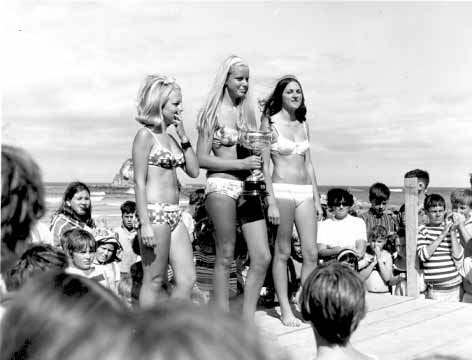
The period was marked by a break with formality and tradition. In Fresh Lipstick: Redressing Fashion and Feminism, Linda M. Scott wrote that there was a “preference for long, straight hair” in the late 1960s. Many men also wore their hair long at that time. The changing hairstyles were not only to follow fashion. For many, they were also “acts of rebellion against the very constructed female hairstyles and very short haircuts of the previous generation of men”.
6. Submission to enslavement

The 1960s may have been a time of change, but the ads of the time show that women were still expected to be housewives and sexual objects. Despite great progress in gender and racial equality, women still do not have the same rights as men. Even at the end of the decade, it was legal for a bank to refuse a credit card to a single woman – married women were often required to have their husbands co-signed. Some states still prohibit women from serving on juries.
In terms of higher education, attendance at an Ivy League school was incredibly rare for women during this decade. The University of Pennsylvania and Cornell both allowed women to attend from the 1870s, but only in special circumstances. Yale and Princeton only began accepting women in 1969, while Harvard, Brown and Dartmouth held out until the 1970s. Columbia did not offer admission to women until 1981.
5. Sobriety
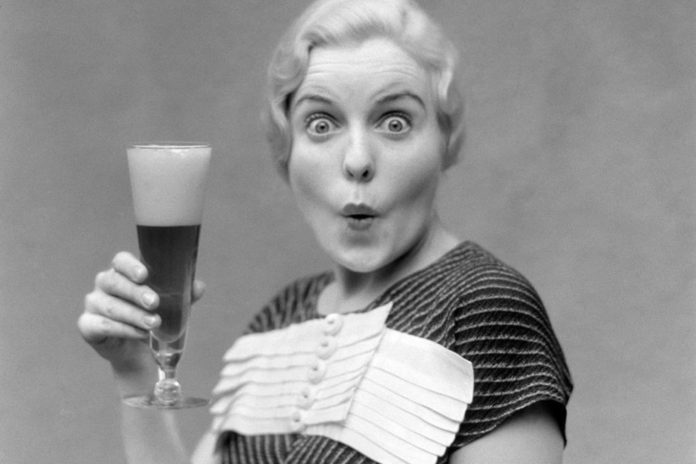
Many people think of the 1960s as a decade of drinking in which daytime drinking (especially at work) was the norm. Although this is partly true, it was much more acceptable for men than women to consume several alcoholic beverages each day. More and more women are moving away from conventional gender stereotypes, but women who drink frequently are considered to be resolutely non-women. A glass of wine with dinner or a cocktail on the weekend was acceptable, but getting drunk was not.
4. Smoking
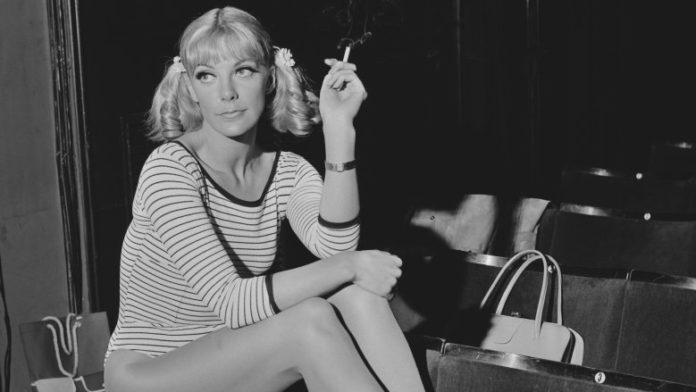
Excessive alcohol consumption may have been taboo for women seeking to attract a man, but smoking was considered attractive. Although a link between smoking and lung cancer had been established years earlier, the practice was still widespread. In 1964, the surgeon general warned that “smoking is a sufficiently significant health hazard in the United States to warrant appropriate corrective action”. Despite these warnings, smoking was widely considered glamorous and sophisticated.
3. Unemployment
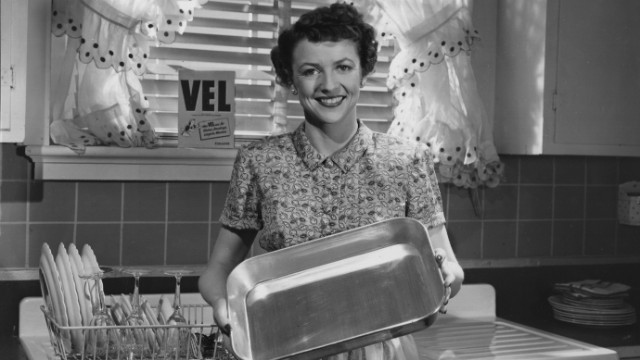
By the late 1960s, more women than ever were working. While making great economic progress, working women faced some stigmatization. It is much more acceptable for single women to work than for married women, because a woman’s first duty is always expected to be to her family. In 1967, only 44% of married American couples lived in dual-income households, compared to more than half of married couples today. Working women and mothers were thought to destabilize family life and their families.
2. Leg make-up
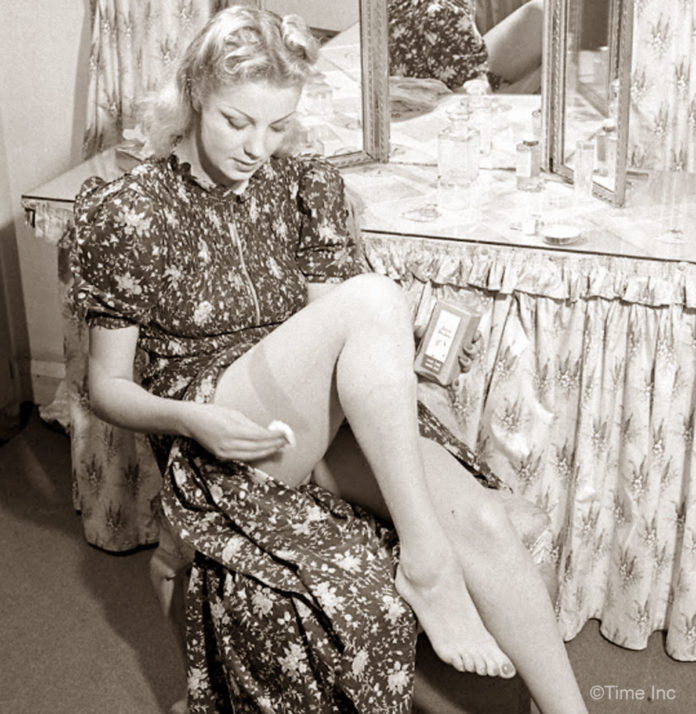
The rise of the miniskirt means that the women felt the pressure to put forward the best of their legs. In the mid-1960s, a new trend emerged: leg make-up. Make-up had already been used on the legs before, perhaps especially during the Second World War, when a shortage of stockings pushed women to draw on the seams of the stockings with eyeliner to make it look like their legs were not naked. Leg makeup from the 1960s was mainly used to mask defects that were now visible through the shorter hems of the time. Women would carefully apply make-up to their legs to cover imperfections before putting on stockings. Bruises, scars and other imperfections were covered with cosmetics and then hidden by stockings.
1. Athletic skills
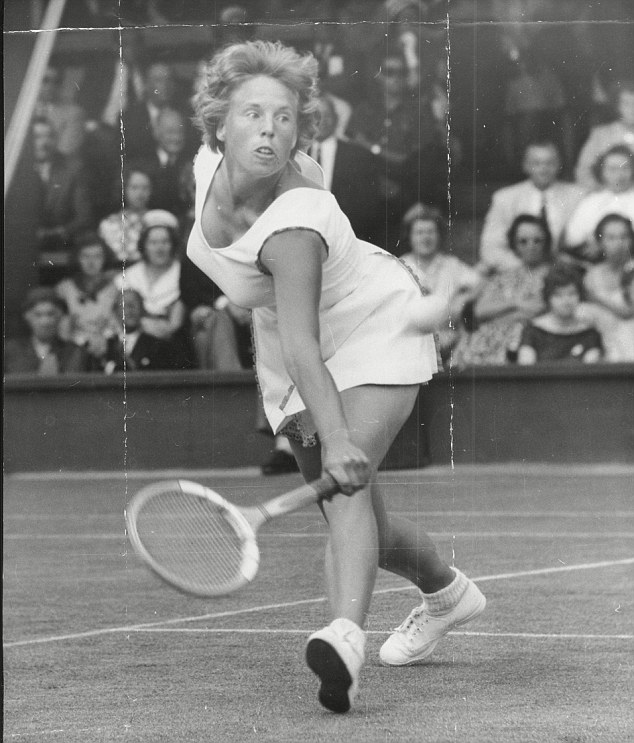
Sportswomen were “in the game” at the end of the 1960s, but not for the reason one might think. Athletics is seen as a way for women to maintain “attractive” figures. Women became more active in sport in the 1960s, especially in secondary schools and colleges, although women’s sport was not considered to be equal to men’s sport.
Source: The List


![[Photos] Why WD-40 Is Magic In Your Garden?](https://lifetonik.com/wp-content/uploads/sites/7/2019/08/WD40-Prices-Highres_Page_8_Image_0008-218x150.jpg)
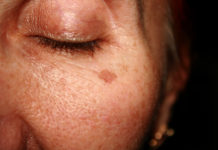




![[Photos] Take A Look Of The Obama’s New Home Before It’s Banned](https://lifetonik.com/wp-content/uploads/sites/7/2019/07/Obama1-218x150.jpg)
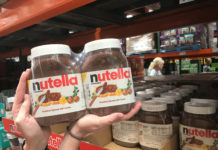
![[Slideshow] Celebrity Homes: 21 Of The Most Luxurious](https://lifetonik.com/wp-content/uploads/sites/7/2019/07/Taylor-Swift-218x150.jpg)
![[Slideshow] More Parents Are Now Gluing Pennies to the Bottom of their Kid’s Shoes](https://lifetonik.com/wp-content/uploads/sites/7/2019/07/Keep-Them-Entertained-218x150.jpeg)
![[Photos] 20 Fashion Mistakes That Too Many Women Make!](https://lifetonik.com/wp-content/uploads/sites/7/2019/07/5-style-mistakes-that-make-you-look-frumpy-featured-218x150.jpg)

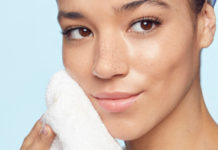



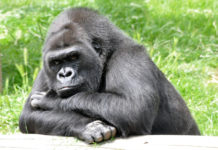




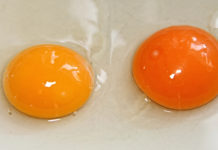

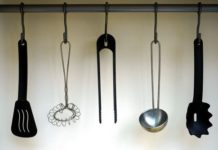





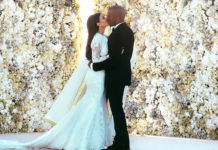
![[Gallery] 25 Discounts For Seniors To Which You Are Entitled Without Knowing It](https://lifetonik.com/wp-content/uploads/sites/7/2019/08/EAZxECUXUAAvNZR-218x150.jpg)
![[Slideshow] Here’s the salary of every governor in the United States](https://lifetonik.com/wp-content/uploads/sites/7/2019/08/Charlie-Baker-218x150.jpg)
![[Photos] No One Will Want To Buy This House After Seeing These Pictures](https://lifetonik.com/wp-content/uploads/sites/7/2019/08/terrible-real-estate-photos-2-5c35e727c9f95__700-218x150.jpg)



